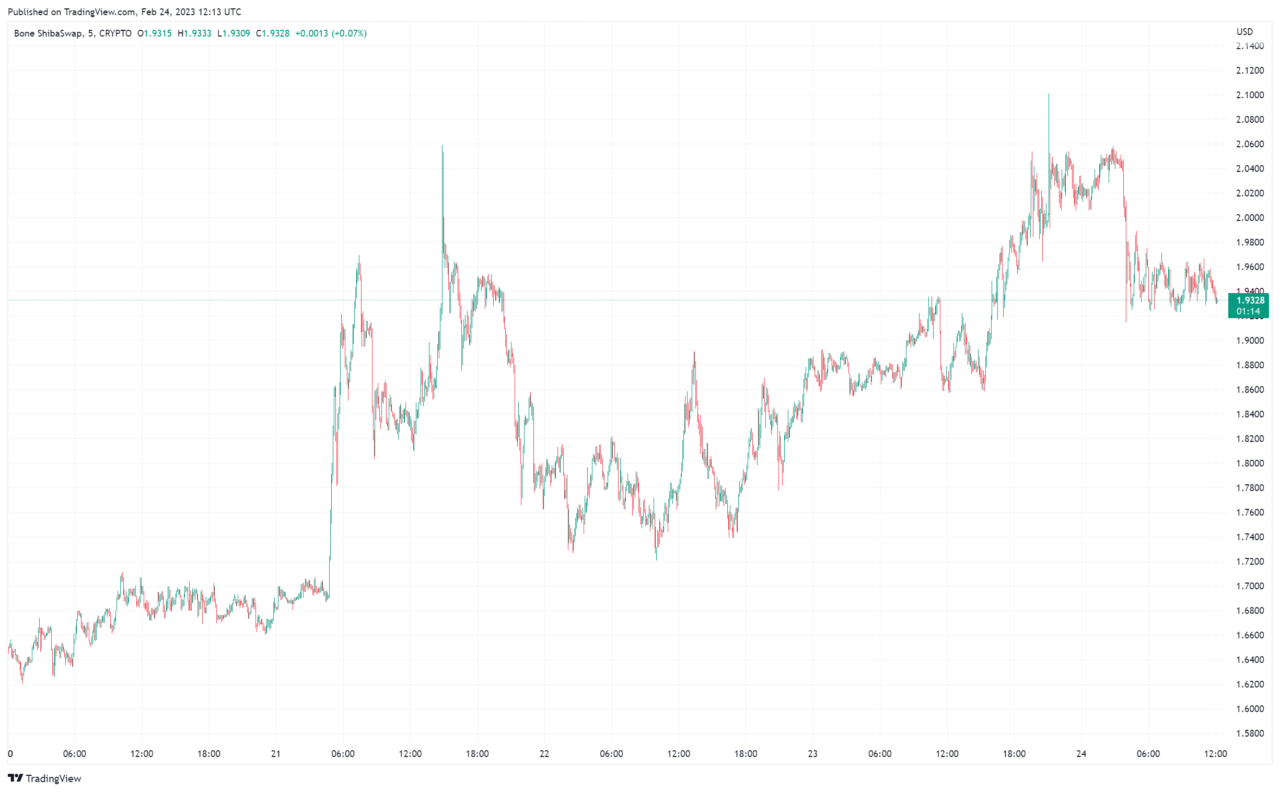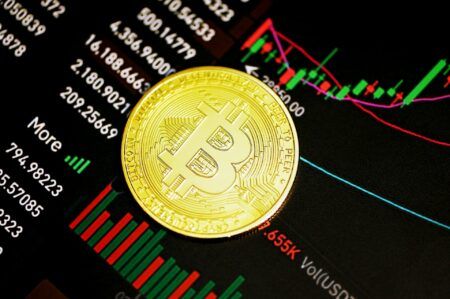Earlier this month, crypto exchange Bitget explained “what’s got everyone hyped about” Shiba Inu ecosystem’s $BONE token, which is the governance token of decentralized exchange (DEX) ShibaSwap and the gas token of layer 2 blockchain Shibarium.
Here is what Binance Academy says about Shiba Inu ($SHIB):
“Shiba Inu (SHIB) is a dog-themed meme cryptocurrency named after a Japanese dog breed. It was created in 2020 by an anonymous developer named Ryoshi, who designed SHIB to be an alternative to Dogecoin (DOGE) on the Ethereum blockchain.
“SHIB is an ERC-20 token with a decentralized exchange called ShibaSwap. The SHIB roadmap and ecosystem also features an NFT art incubator called Shiba Artist Incubator, 10,000 ‘Shiboshi’ NFTs, and an NFT game Shiboshi Game.
“Shiba Inu had an initial circulating supply of 1 quadrillion tokens. Ryoshi locked 50% of the token in Uniswap to create liquidity, and sent the other 50% to Ethereum co-founder Vitalik Buterin’s wallet. However, Vitalik decided to burn 90% of the coins and donate the remaining 10% to charity.“
In a blog post published on 15 January 2023, the Shibarium team explained that Shibarium’s mission is twofold: to offer a resource for the community to construct and expand the project on their terms, and to invite new crypto users and educate them on the development process of a ground-up project.
To the developers, the question of when to begin the phased rollout is secondary to their importance on building Shibarium properly and presenting it responsibly. Also, they stress the importance of being patient since some may mistake Shibarium for a tool to artificially boost the price of $SHIB and $BONE tokens.
Shibarium’s Layer 2 blockchain is built atop the Ethereum blockchain. It is intended to function in tandem alongside the preexisting blockchain network, enabling off-chain processing of faster, cheaper, and more private transactions while depending on the Ethereum blockchain’s security.
They went on to say:
“This blockchain (L2) runs on top of the Ethereum blockchain, which the SHIB ecosystem tokens (SHIB, LEASH & BONE) utilize. A Layer 2 blockchain provides the benefits of scalability, faster transaction times, lower fees, and an expanded development framework…
“So how do we remove the barrier to entry for the small transactions that occur in day-to-day living? In L2 blockchains like Shibarium, transactions occur ‘off-chain’, meaning transactions occur outside of the Layer 1 (Ethereum) blockchain, and are communicated back. Allowing the L2 blockchain to do the majority of the processing work alleviates bandwidth which results in lower costs (gas fees) and processing time for the end users…
“As previously announced, $BONE is the native token selected to pay for gas transactions and reward Validators and Delegators within the Shibarium protocol. Since its birth in July 2021, its main function has been linked to governance, but now also the much anticipated Shibarium launch… With a total supply of 250 million, of which 20 million have been reserved to reward Validators and Delegators in the coming years, and voted in by the Shiba community through our DAO process…
“In Shibarium, Validators are instrumental members of the network who contribute to operability security by locking up a certain number of $BONE tokens and operating Heimdall Validator and Bor block producer nodes.”
Earlier this month, crypto exchange Bitget explained in their own words what makes $BONE exciting for the Shib Army:
Currently (as of 12:10 p.m. UTC on February 24), $BONE is trading around $1.93.

Image Credit
Featured Image via Pixabay









